Safety Best Practices
SAME DAY SWITCHING
12 Tips to Protect Against Common Lineworker Safety Hazards
Safety Best Practices

Why Moisture-Wicking FR Layering Systems Offer Superior Protection and Comfort
Every layer of apparel you wear on the job, matters. A layering system is designed specifically to work together, layer by layer, to keep you dry, warm, and protected.
But the layers you wear on the job are only as effective as the materials they are manufactured with and their inherent design properties. The inclusion of moisture-wicking fibers, in particular, is a design quality that oil, gas, and utility workers should seek out in all...
Related Articles
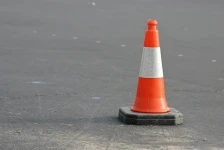
12 Tips to Protect Against Common Lineworker Safety Hazards
Lineworkers face numerous risks daily, from respiratory ailments to electrical hazards. These dangers can result in severe injuries, low blood pressure, bleeding, and vomiting. However, by adhering to established safety protocols, contractors and employers can significantly reduce the likelihood of...
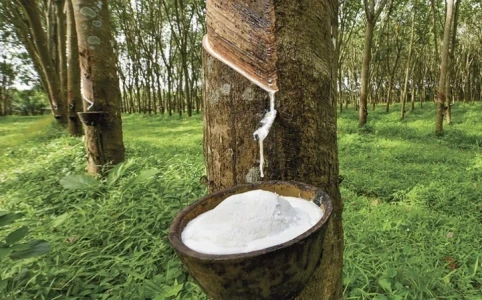
Choosing Your Rubber Safety Gloves
Latex versus Natural Rubber – What is the difference? All Raw rubber comes from the rubber tree. It is then processed to become a latex for water-based dipping or dried down to a slab for use in extrusion or solvent dipping operations. Hydrophilic additives in Latex For latex to be usable...

Tragedy & Expense: The High Cost of Low Electrical Safety
The electrical industry is one of the most dangerous work environments for employees. The risk of injuries and fatalities is high due to the nature of the work and the amount of interaction workers have with dangerous equipment and conditions. Electrical incidents happen daily, putting lives and...
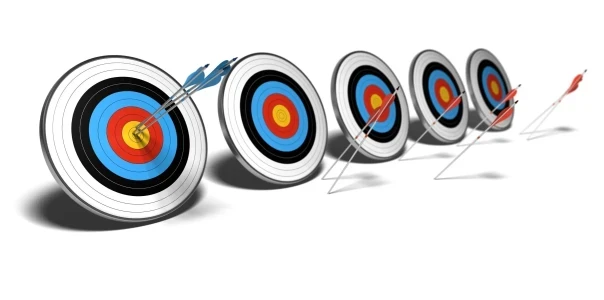
Fighting Heat Stress With Effective Workwear
In a perfect world, we could all work in weather-controlled environments where heat wouldn’t be a factor and comfort could be maximized. Many workplaces however, deal with very high temperatures and heat stress is a year-round risk that requires serious consideration. For many years the standards...
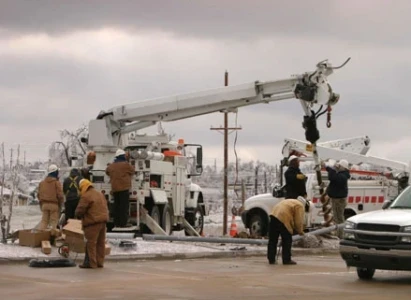
Battery Fires Pose Minor Environmental Risks, ACP Report Finds
Battery fires in large-scale energy storage systems (BESS) have raised concerns, but a recent review by the American Clean Power Association (ACP) found that such incidents pose only minor environmental risks. According to a third-party analysis of U.S. battery fires since 2012, these fires did not...
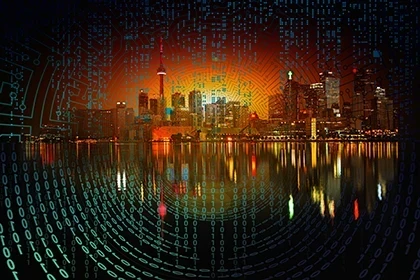
New York's Path to 8.5 GW of Grid Flexibility by 2040
New York State's transition to a clean, zero-emissions energy grid could include up to 8.5 gigawatts (GW) of grid flexibility by 2040, according to a new report from the Brattle Group. This projection, while contingent on achieving ambitious decarbonization goals, illustrates how the state could...
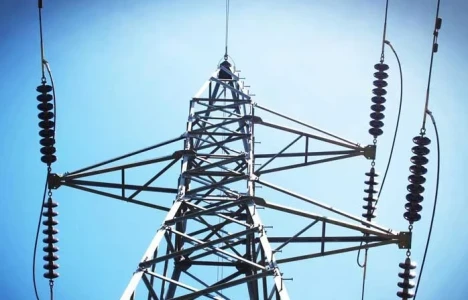
FERC Complaint Targets Duke, PJM Transmission Planning
A coalition of large energy consumers and ratepayer advocates has filed a complaint with the Federal Energy Regulatory Commission (FERC), urging the agency to prohibit transmission owners from independently planning "local" transmission projects exceeding 100 kilovolts (kV). The coalition argues...

12 Tips to Protect Against Common Lineworker Safety Hazards
Lineworkers face numerous risks daily, from respiratory ailments to electrical hazards. These dangers can result in severe injuries, low blood pressure, bleeding, and vomiting. However, by adhering to established safety protocols, contractors and employers can significantly reduce the likelihood of...

How Dangerous is Linemen Work?
Many occupations pose risks to workers, but few match the dangers that linemen face daily. Linemen play a critical role in maintaining and restoring the power grid, often working in extreme weather conditions, at significant heights, and around high-voltage electrical systems. Their work is...

FERC Rejects PJM Transmission Planning Change
The Federal Energy Regulatory Commission (FERC) has rejected a proposal from PJM Interconnection, one of the United States' largest regional transmission organizations, to alter its transmission planning protocol. The decision represents a significant victory for state regulators who had expressed...
